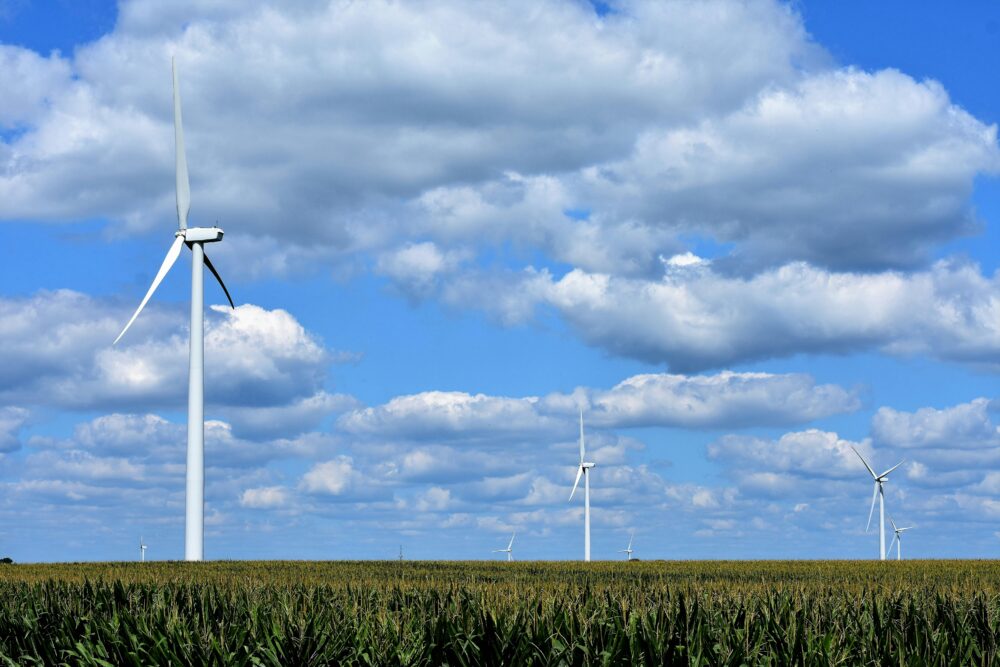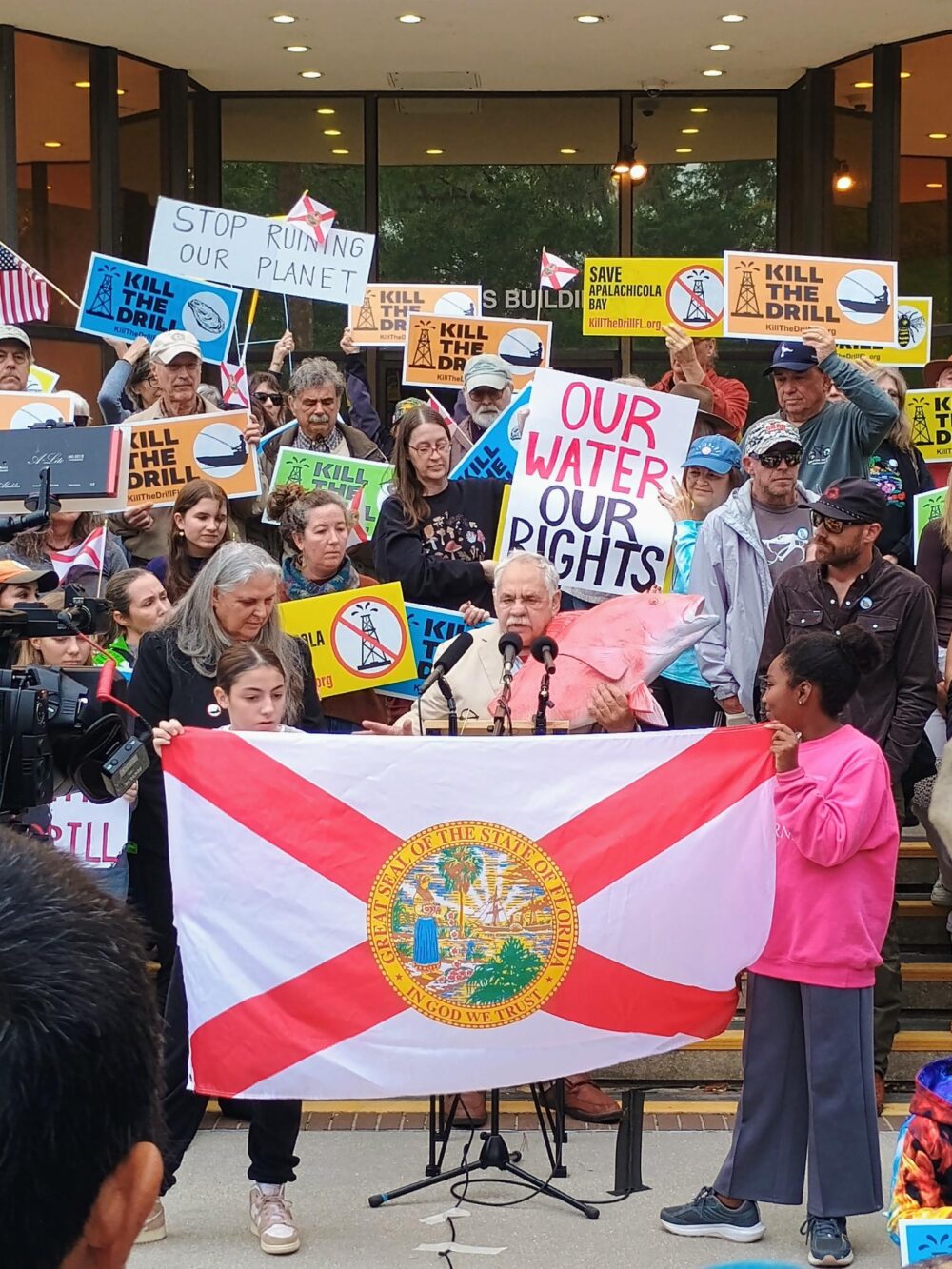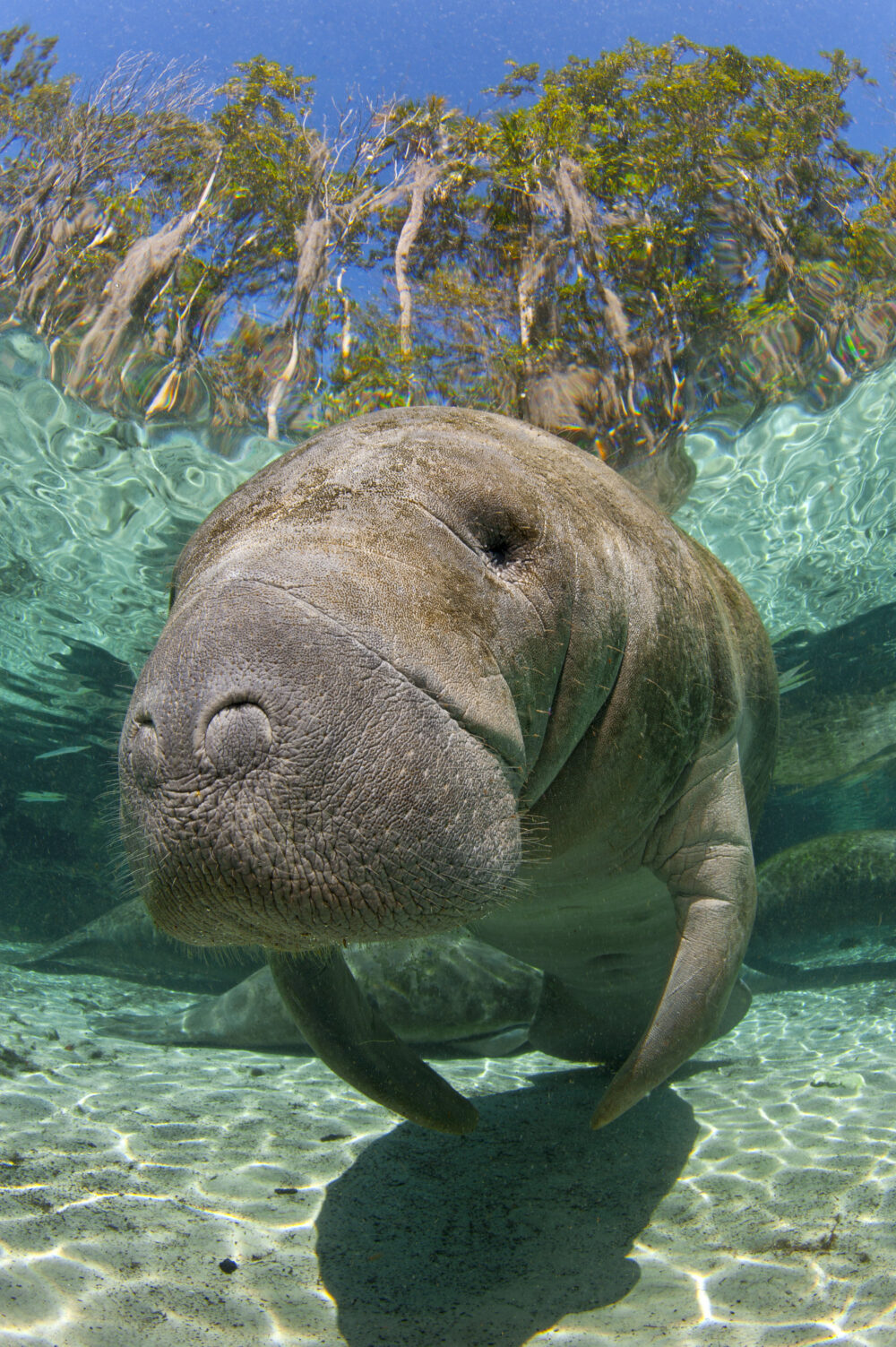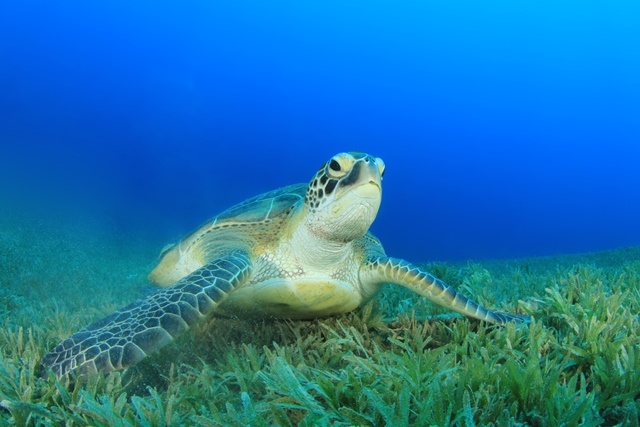We have much more to do and your continued support is needed now more than ever.
Mussel Fatigue: Pollution Imperils the Ohio River’s Declining Mussels
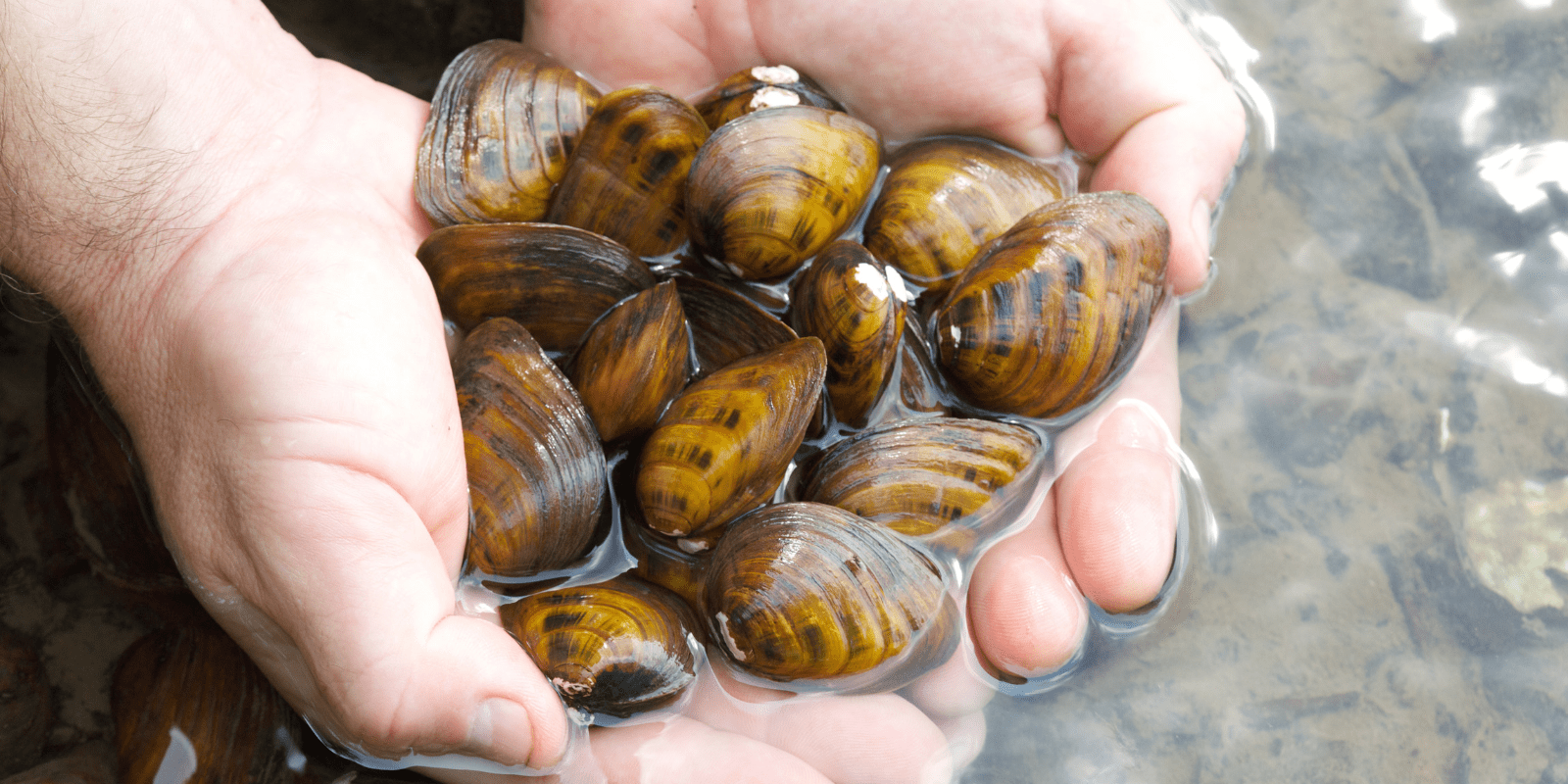
The Ohio River’s freshwater mussels–and their natural water purifying abilities–could be jeopardized if pollution safeguards are weakened at any point along the mighty 8-state long waterway. The Ohio River Valley Water Sanitation Commission’s current proposal to make full adoption and implementation of pollution standards optional could lead to inconsistent water quality and lead to a further decline of mussels throughout this eastern watershed. The commission’s final decision is this week: the representatives from each of the Ohio River states vote this Thursday.
Protect wildlife like mussels, American mink, and river otters today by calling your Governor and telling him you support mandatory pollution control standards for the Ohio River.
Call Your Governor Today
Indiana, Governor Holcomb: (317) 232-4567
Illinois, Governor Pritzker: (217) 782-0244
Kentucky, Governor Bevin: (502) 564-2611
New York, Governor Cuomo: (518) 474-8390
Ohio, Governor DeWine: (614) 644-4357
Pennsylvania: Governor Wolf: (614) 644-4357
Virginia, Governor Northam: (804) 786-2211
West Virginia, Governor Justice: (304) 558-2000 or 1-888-438-2731
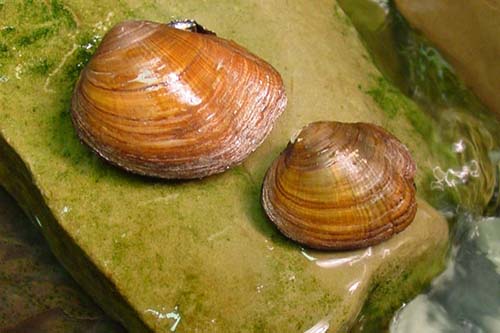
“The purple catspaw was once widespread in the southern portion of the Ohio River basin.” Source: “America’s Mussels: Silent Sentinels”,USFWS.
Flex your “Mussel” Memory: 5 Facts
- Mussels filter water through their bodies to acquire nutrients, but this process also leaves them highly vulnerable to toxins that might exist in the water.
- “Among the approximately 35 native mussels in the lower Ohio River are 5 endangered species: the pink mucket (Lampsilis abrupta), orangefoot pimpleback (Plethobasus cooperianus), fat pocketbook (Potamilus capax), clubshell (Pleurobema curtum), and fanshell (Cyprogenia stegaria).” (via USFWS/Partnerships for Ohio River Mussels)
- The endangered purple cat’s paw pearlymussel declined due to dam construction and agricultural runoff along the Ohio River. Now, the U.S. Fish & Wildlife Service are working to bring this species back from the brink by carefully placing mussels bred in captivity in the Ohio River Islands Refuge.
- With the exception of seven species that live in freshwater systems that drain to the Pacific Coast, all of the U.S. freshwater mussels are found east of the Mississippi River system, where they occupy a unique niche at the bottom of the freshwater food chain. (via “America’s Aching Mussels”, National Wildlife Magazine)
- Mussels depend on fish to reproduce: “Larvae may use their tiny shells to clamp onto [a fish’s] gills. The fish forms a cyst around the larvae, and there the young mussels hitchhike, continuing to develop for several weeks until they are ready to drop off in their new habitat.” (via “Crafty Mussels Use Mimicry and Muscle”, National Wildlife Magazine)



